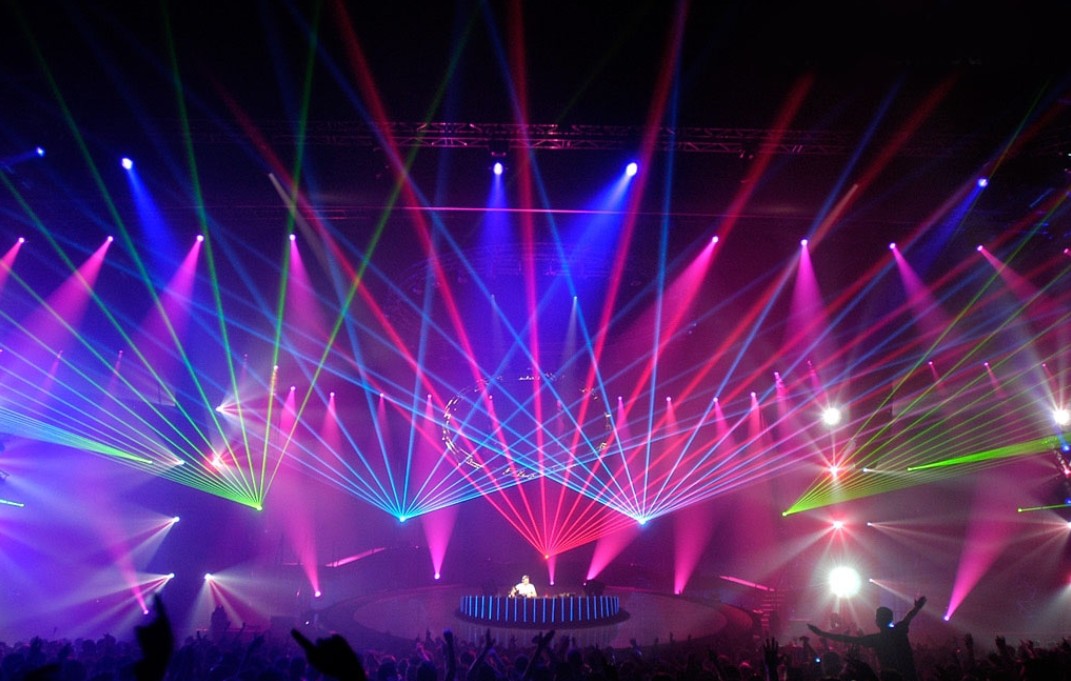House music has captivated audiences worldwide, yet its precise origins remain shrouded in mystery. Often hailed as quintessentially American, tracing its roots proves challenging due to its diverse influences and evolution.
Defining House Music
House music transcends boundaries, serving as a voice for social and political commentary. While rooted in the black community, it embraces artists from diverse backgrounds, fostering a global community of musicians and activists. Today, house music continues to evolve, uniting audiences worldwide with its infectious rhythms and universal messages.
Origin
The term “house” first surfaced in the mid-1950s, drawing inspiration from earlier electro and Chicago blues styles characterized by similar rhythmic elements. However, its true inception remains elusive, intertwined with a myriad of musical traditions.
In 2005, three influential figures left their mark on the genre. Wesley Pentz, known as Diplo, redefined the style with his unique approach to production. Sonny Moore, alias Skrillex, revolutionized the sound with his innovative use of synthesizers. Despite vocal challenges, their contributions shaped the landscape of modern house music.
Chicago emerged as the epicenter of the house music movement, with clubs catering to diverse communities. Combining elements of disco and Eurodisco, the genre gained traction, spreading across Europe by 1986. This cultural exchange birthed subgenres like acid house, characterized by pulsating basslines and euphoric beats.

Diverse Subgenres
The diversity of house music is evident in its subgenres, each offering a distinct sound and structure. New York house, known for its uptempo beats, finds popularity in the vibrant scenes of the East Coast and Europe, featuring hypnotic basslines and infectious rhythms.
Electro house, a prominent subgenre, is characterized by its use of high-pitched notes and repetitive basslines. Originating in France in the late 1990s, it boasts a distinctive sound filter effect that sets it apart. Meanwhile, deep house tracks typically feature lower bpm and a more minimalist sound.
Conclusion
In recent decades, house music has garnered a global following, transcending its origins in Chicago to become a beloved genre worldwide. While debates over its categorization persist, most agree on its status as a form of dance/electronic music.
Defined by its heavy bass lines, synthesized melodies, and disco-inspired elements, house music offers a dynamic range of styles, from the deep grooves of Deep House to the garage-infused beats of Garage House. Despite variations, the hallmark “four on the floor” beat remains a defining feature of the genre, ensuring its enduring popularity and influence.

